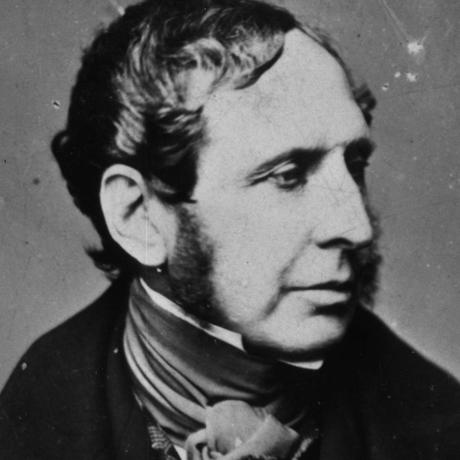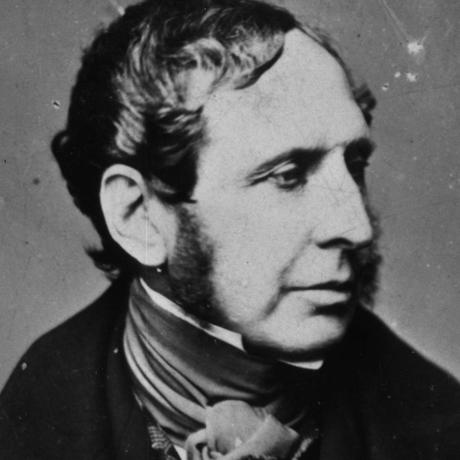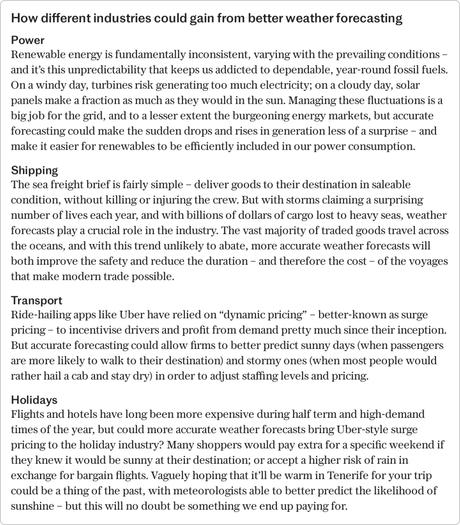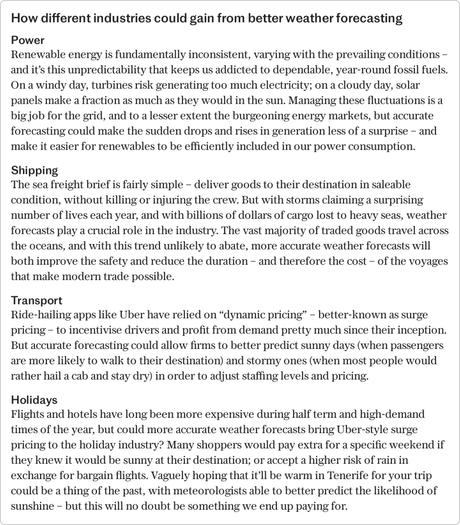The consequence of the Great Storm of 1987 was not only the loss of 15 million trees. It shook the nation's confidence in weather forecasting. After all, who can forget when weatherman Michael Fish infamously declared to viewers who feared a hurricane was coming, "Don't worry, there isn't one!"
Fortunately, almost forty years later, scientists are much more confident in their data. A 15-year research program has been launched to make more accurate predictions up to six weeks in advance.
The ambitious £30 million partnership between Reading University, the Met Office and the European Center for Medium-Range Weather Forecasts will use climate data from a wider variety of sources than ever before, then process it through supercomputing.
For anyone betting on a sunny wedding, these predictions can't come soon enough. But the benefits go beyond last-minute vacation bookings, barbecues and party planning. It will transform the way industries such as agriculture, fishing and energy operate, informing decision-making around the world to help governments protect lives and livelihoods.
"Everything we do is primarily aimed at protecting life and property and having a thriving economy," said Dr. Florence Rabier, Director General of the European Center for Medium-Range Weather Forecasts.
For anyone who has ever walked the tightrope of betting on a sunny wedding, this news can't come soon enough. But weather forecasters have felt our pain, Rabier explains.
"We have been making these monthly forecasts for ten to fifteen years, but they have gradually improved. We now have more capacity with the computers. We can go to a finer scale and make more observations. And we now have the capacity with machine learning to make better predictions."
Things have certainly come a long way since the Met Office was founded in 1854. It was founded by Vice Admiral Robert Fitzroy (captain of HMS Beagle during Charles Darwin's famous voyage) to improve the understanding of maritime climate and thus the safety of life and property at sea, thus planting the seeds for the climate science that exists today the day is used. The Met's first storm warning service followed in 1861 (this eventually became known as the Shipping Forecast), as did the first public weather forecast service, in what proved to be a busy year for the young organisation.
The story continues


In those early years, data collection was laborious and rudimentary. In 1877, plans were made for an observatory on the summit of Ben Nevis, and in 1881 the veteran meteorologist Clement Wragge climbed to the 4,000-foot summit every day during the summer months to take measurements (including atmospheric pressure and wind speed and direction ). before the observatory was staffed year-round.
In 1922, the advancement of numerical weather prediction brought mathematics and physics into the forecasting equation, effectively utilizing the study of fluids to better understand the oceans and atmosphere. The Met Office's first computer, purchased in 1959, boosted the mathematics behind the field, revolutionizing weather forecasting forever.
A further step change came with the availability of satellite data. Another leap followed in 2010, with the use of a larger number of computers. Two years ago it was machine learning. "Then we realized that we could use past predictions and analyzes in addition to the knowledge we have now," says Rabier. Crucially, weather data we have already collected is integral to our understanding of likely events in the future.
Forecasts have improved by an average of one day per decade, meaning we were four days better off in 2020 than we were in 1980, meaning the accuracy of the three-day forecasts at that point is now the accuracy of the seven-day forecast.
Today, vast streams of data are collected from all over the world, from deep-water buoys warning of coming Atlantic storms, automated weather stations dotting the landscape, weather balloons, transponders on planes and ships, and satellites.
The new programme, which will be based at Reading University, will use even better data sources. "We're trying to investigate things that evolve a little more slowly on Earth than the atmosphere," explains Professor Pier Luigi Vidale, professor of climate system sciences at the University of Reading and senior scientist at the National Center for Atmospheric Science (NCAS).
"Oceans give us a much better understanding of how they transport heat from the equator to the pole and how they influence the ways in which storms develop and bring wind and rain to our coasts. That will also benefit our forecasts."
Another unexplored dataset that the team will make use of is the cityscape. "Buildings and roads are not included in current climate models, but they can still have a major influence on the weather. Current models cannot distinguish between gardens and parks or concrete and roads." Yet the heat of hot asphalt is the stuff microclimates are made of. "The stuff we use to build a city can have an impact and we need to include these kinds of variables in our models."
The program will also take advantage of newly digitized legacy data created through an AI system that analyzes weather based on historical forecasts dating back to 1940. At this point, the AI churning runs in parallel with the more current data collection. but eventually the two aspects will come together.
Currently, if you're looking at a four-week long-term forecast, you're looking at a weekly average. "So, for example, if I go skiing, is there a good chance that there will be some snow before I go skiing? For this you could look at the monthly forecast. But you cannot say a day earlier that it will snow if you arrive four weeks in advance," Rabier explains.
Vidale lived in Colorado in the US for a long time. "There people really respect the weather, because it can be deadly," he says. "If there is a snowstorm, people are told not to go outside."
The same goes for Japan, Vidale says, where typhoons and tsunamis can have catastrophic consequences. "The Japanese people really pay attention to the government's apps and warnings. Again, because it is really deadly there."


As Britain faces an increase in flooding, long-term forecasts will help authorities figure out when the rain will stop so they can deploy resources accordingly.
It is also clear to see how more accurate long-term forecasting will benefit the construction and agricultural sectors, says Rabier: "The former need to know when they can lay the foundation of a building. In agriculture, knowing when there is a dry spell for crop cutting allows you to plan ahead and hire additional workers. Or if you can see whether a cold wave is coming, you can decide whether you want to invest in covering your crops."
And as we rely increasingly on renewable energy sources, knowing when there is likely to be more wind, sun and rain is crucial for the effective deployment of wind turbines, solar panels and hydropower.
But in the tourism industry, more accurate long-term forecasts could become a double-edged sword. The pros? "Climate change will change the tourism industry anyway, but long-term forecasts can help people see if there will be a heatwave in Spain, and if they still want to go there. Or, if a tropical cyclone hits the Caribbean, you might want to head to the Indian Ocean." That's all well and good until you get to the downsides: this could open the door to price increases during periods of good weather, or impact on holiday insurance.
But of course this is the nation's favorite topic of conversation. Where would we be without the ability to complain about our bad weather? Perhaps, despite all this forward thinking, planning is overrated. Rabier says she personally doesn't use the monthly forecast. "I look ahead a few days, but I don't plan my life a month ahead. I am also bound by school holidays. For an ordinary person it may not be as useful as for farmers or people involved in the construction or management of a wind farm. For me, I don't have to plan ahead to have an umbrella."
RecommendedMeet the Met Office's 'extreme team' preparing for Britain's dramatically changing weather
read more
